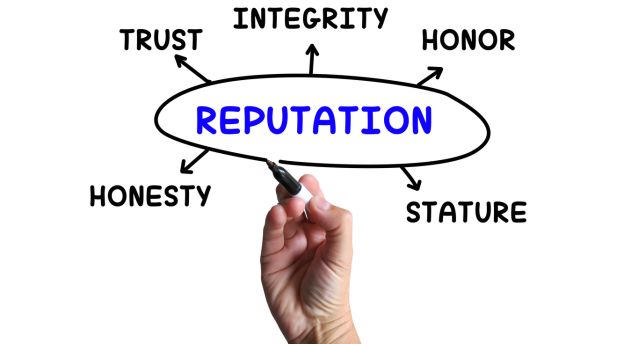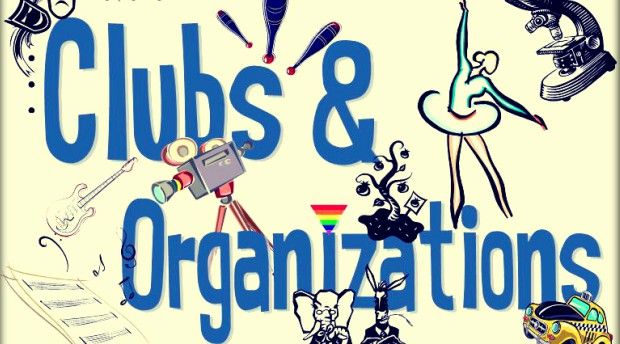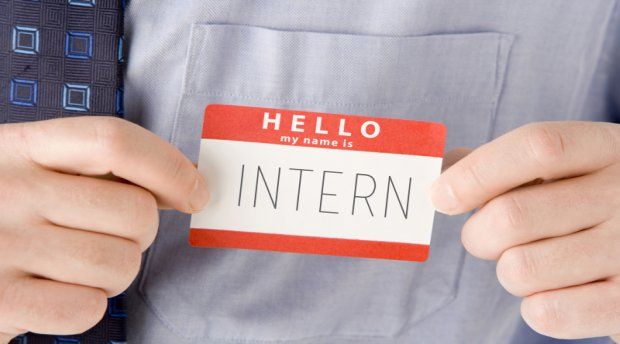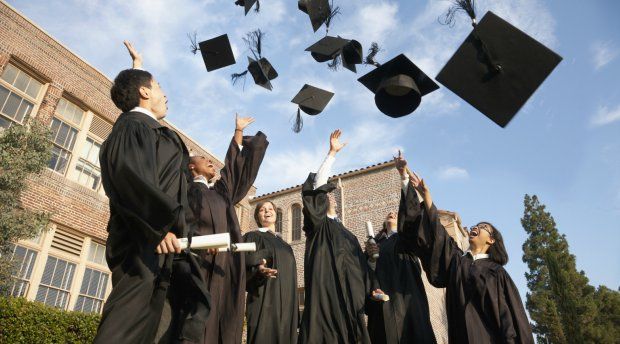Education and Learning Disabilities
Post Views 0Summary: Having a learning disability usually means failing in school and life but if a person with a learning disability learns how to adapt early, they can be successful.
It is estimated that 4 to 6 percent of the U.S. student population struggle with learning disabilities. The most common kinds of learning disabilities are ADD, Dyscalculia, Dyspraxia, Dysgraphia, Dyslexia, and Gerstmann’s Syndrome. Having a learning disability does not mean the person lacks intelligence. A learning disability affects the person’s psychological ability to process, retrieve, store, receive, and comprehend specific information. Learning disabilities are not visual, auditory, or motor handicaps, emotional disturbances, or intellectual disabilities.
The signs for learning disabilities usually start presenting when the child is in preschool. Examples are difficulty pronouncing words, unable to use buttons or zippers easily, or trouble controlling crayons or other writing utensils. These symptoms grow and evolve into more obvious problems to where a 10 to 13 year old will avoid reading out loud, not understand what they read, or spell words differently throughout a paper.
One in five students with a learning disability will not finish their education, compared to 8 percent for the general population. Eighty percent of learning disabilities for teenagers deal with reading. It is estimated that only 10 percent of those with learning disabilities will enroll in a four year college. Almost half are unemployed, compared to 76 percent of the nation. When looking at the poverty line, 43 percent have learning disabilities whereas the general population is 15 percent.
There is a very clear struggle that those with learning disabilities face when preparing for an education or promising future. A learning disability can’t be treated with medicine and stays with the person for life. They must figure out a way to accommodate or circumvent the areas they struggle with. There is no reason that someone with a learning disability can’t be successful, it just may take longer for them to figure out how to adapt and get through school.
Photo: idaholearningcenter.org
Education and Learning Disabilities by Amanda Griffin



 How to Get a Good Reputation Among Your Classmates in Business School: The Reputation You Create Today Will Affect You Tomorrow
How to Get a Good Reputation Among Your Classmates in Business School: The Reputation You Create Today Will Affect You Tomorrow  How to Pay for Business School
How to Pay for Business School  What’s Your Elevator Pitch?
What’s Your Elevator Pitch?  TED Talks to Give You Motivation to Be Better
TED Talks to Give You Motivation to Be Better  College Clubs That Are Fun and Will Build Your Resume
College Clubs That Are Fun and Will Build Your Resume  Top 4 Things to Think About Before Going Graduate School
Top 4 Things to Think About Before Going Graduate School  How to Be the Best Intern
How to Be the Best Intern  Top 15 Liberal Arts Colleges in the US
Top 15 Liberal Arts Colleges in the US